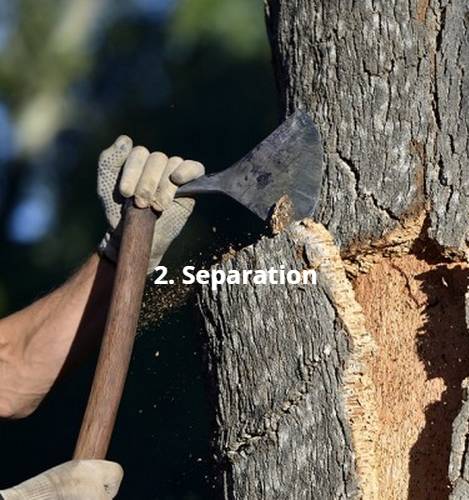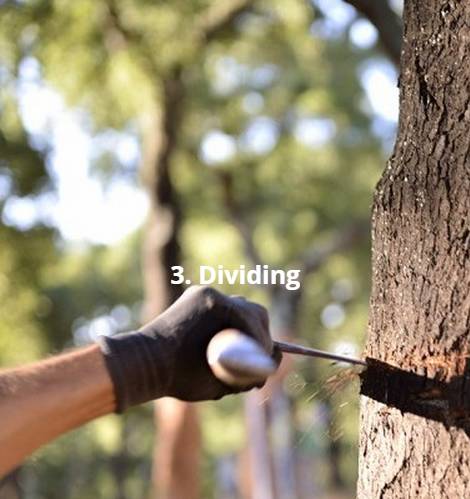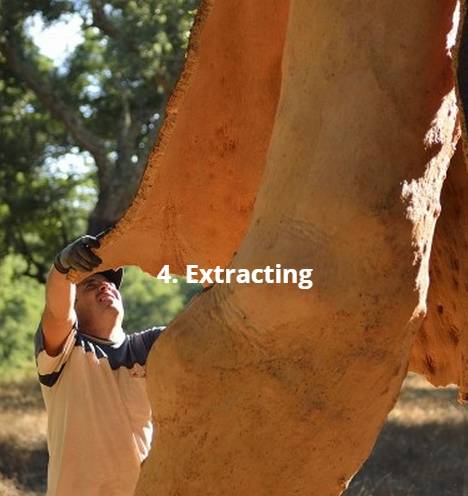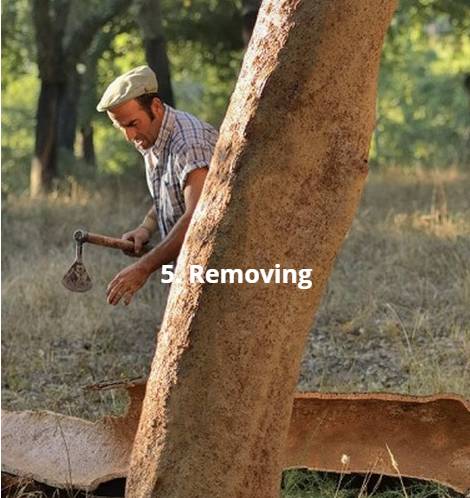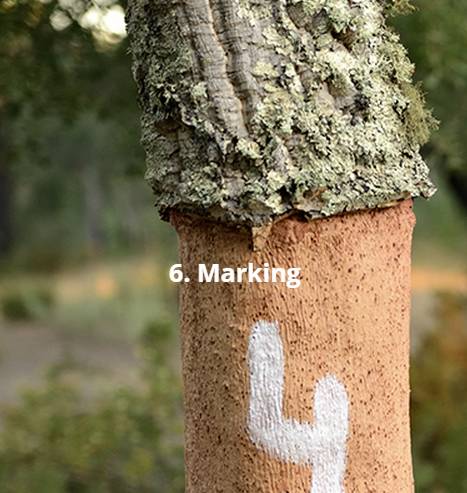 English
English 简体中文
简体中文  Español
Español  Português
Português  русский
русский  Français
Français  日本語
日本語  Deutsch
Deutsch  tiếng Việt
tiếng Việt  Italiano
Italiano  Nederlands
Nederlands  ภาษาไทย
ภาษาไทย  Polski
Polski  한국어
한국어  Svenska
Svenska  magyar
magyar  Malay
Malay  বাংলা ভাষার
বাংলা ভাষার  Dansk
Dansk  Suomi
Suomi  हिन्दी
हिन्दी  Pilipino
Pilipino  Türkçe
Türkçe  Gaeilge
Gaeilge  العربية
العربية  Indonesia
Indonesia  Norsk
Norsk  تمل
تمل  český
český  ελληνικά
ελληνικά  український
український  Javanese
Javanese  فارسی
فارسی  தமிழ்
தமிழ்  తెలుగు
తెలుగు  नेपाली
नेपाली  Burmese
Burmese  български
български  ລາວ
ລາວ  Latine
Latine  Қазақша
Қазақша  Euskal
Euskal  Azərbaycan
Azərbaycan  Slovenský jazyk
Slovenský jazyk  Македонски
Македонски  Lietuvos
Lietuvos  Eesti Keel
Eesti Keel  Română
Română  Slovenski
Slovenski  मराठी
मराठी  Srpski језик
Srpski језик
The process of cork harvesting & collecting
2022-12-13
The first harvest of cork oak (commonly known as the first cork)
Cork oak regenerated cork harvested cork (commonly known as two skins or three skins)
Cork Harvesting and Application of Regenerated Cork of Quercus cork
The amazing thing about the cork oak is that its bark (i.e. the cork) naturally regenerates each time it is stripped off. From May to August every year, the growth of cork oak is the most active, which is the best time to peel off the bark. It is summer in the Mediterranean region, with high temperature and little rain, which can prevent the rainwater from washing away the protective layer on the trunk surface after the bark is peeled off. Although this is not harmful to the growth of the cork oak, it will affect the quality of the next cork harvested.
According to the Portuguese law, the cork oak must be harvested for the first time when it is 25 years old and the circumference of the tree at 1.3 meters above the ground reaches 70 cm. After that, it can be harvested every 9 years. The average reaches 150 years.
The stripping process of cork is an ancient craft that requires skilled workers with rich experience to operate, and attempts to mechanize it have ended in failure.
Today, we will explain in detail the process of the intimate contact between the ax and the bark:
First, the deepest crack in the bark is selected and cut vertically, while at the same time, the edge of the ax is rotated to separate the inner and outer layers of the bark. The difficulty of operation lies in the precise perception of the axe. When the ax rotates, you hear a hollow sound, indicating that the bark is easy to separate; if you hear a short dry and firm sound, it is more difficult to peel off.
Then insert the edge of the ax between the inner and outer bark and twist to separate the inner and outer bark.
The bark is cut horizontally, this determines the size of the stripped cork. When detached, imprints are usually left on the inner bark, and they sometimes change the geometry of the trunk.
Carefully peel off the bark to avoid breaking it. The larger the stripped bark, the higher its commercial value. Whether the whole piece of bark can be removed depends entirely on the worker's skill. After that, repeat the stripping process of the first piece of bark.
After the bark has peeled off, there will still be a small amount of debris attached to the bottom of the trunk. To remove the parasites, workers tap the bark with axes.
Finally, workers will mark the last number of the year (2014) on the trunk. Because the growth direction of the cork oak bark is from the inside to the outside, the written numbers will not be covered, so as to facilitate the identification of the next peeling.
The process of cork harvesting seems simple, one worker, one ax, relying on generations of accumulated experience, precise techniques and patience!
